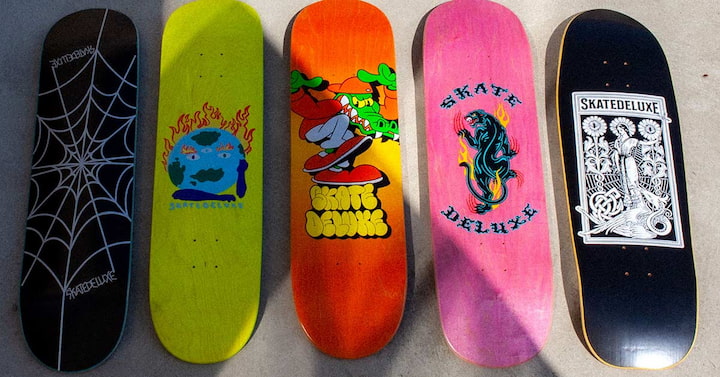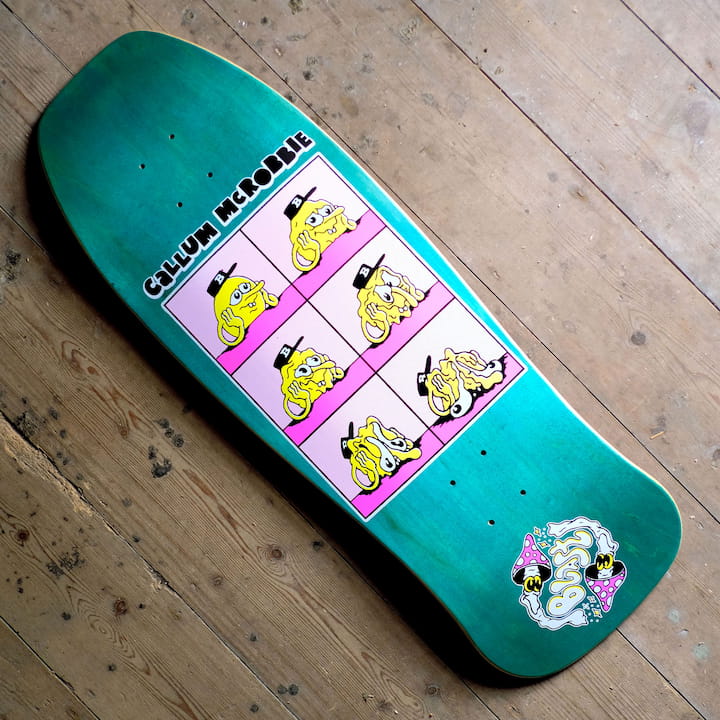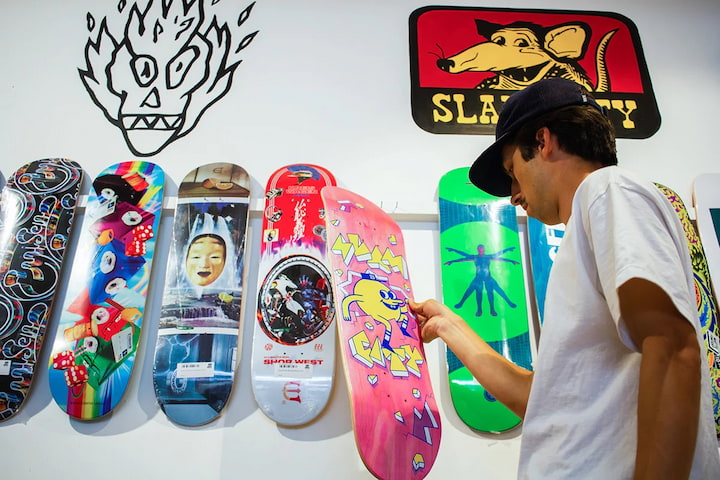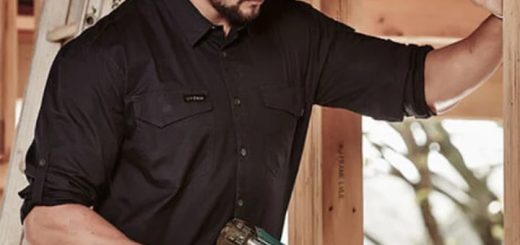Skateboard Decks 101: How to Choose the Right One for Your Needs
The skateboard is a vessel to a lifetime of adventures that will forever be ingrained in your memory. For optimal experience, the deck is paramount when it comes to choosing your skateboard. Its construction, shape and size influence the overall skating performance and it helps to optimize your ride and tricks.
Understanding all the nuances that come with lightweight and responsive skateboard decks will help you unlock your full potential and master skateboarding skills. When you have proper control and comfort, you can ride your skateboard confidently and push your boundaries further. This can be both thrilling and rewarding as you explore new horizons in this activity’s ever-evolving culture.

Understanding the Specifics of a Skateboard Deck
The deck is your wooden canvas that comes with unique features like size and width, nose and tail, and concave shape. Adorned by impeccable artwork, this wooden canvas allows you to tailor it to your personal style and skill level. Typically, a skateboard is constructed of 7 plies of maple which contributes to the deck’s durability. The varying sizes of skateboard decks as well as shapes, have a great impact on the performance level.
Size and Length
First things first, it’s important to determine your skateboarding style so you know which size and length you should go for. Choosing the right size and length of the skateboard deck is essential for optimal performance. Decks typically range from 7.5 to 22 cm in width. Parameters such as your body weight and size and your skating style will dictate the size and length of the deck.
For instance, if you’re doing technical tricks, then opt for wider decks that are 20 – 22 cm in size. They provide more stability when performing technical tricks like ramp or bowl skating. On the other hand, if you’re more into street skating, then a smaller width of 17 – 19 cm would be optimal for this skate style. When it comes to length, they typically range between 71 and 83 cm. Shorter models are easier to manoeuvre and are suitable for performing tricks and stunts while decks are ideal for cruising.
If you’re a newbie to the realm of skating, then consider starting with mid-size which is around 20 cm wide and 78 cm long as it offers more balanced manoeuvring. Once you master the skills of skating, you can then work your way up to different sizes. Experimenting with different sizes allows you to find a deck that suits your style and skill levels.

Deck Shapes
When you look at a skateboard, you’ll notice that the nose (the front part) is slightly larger and a bit steeper than the tail. When in a hunt for decks, you should remember that there are two primary shapes, cruiser decks and popsicle shapes. The cruiser shape features wider noses and tails, whereas the popsicle shape features symmetrical designs at both ends.
The cruiser shape has a pronounced curvature at the nose and tail and as such, it provides better stability and smooth rides for cruising. It’s preferred for long and relaxed rides. The symmetrical design of the popsicle shape, on the other hand, is favoured by skaters who are doing tricks and flips or other technical manoeuvres.
There is also an old-school deck which has a wider and square-like shape and a distinctive split tail. They evoke a sense of nostalgia for the older skateboarding scene when riders engaged in relaxed cruising, downhill and pool skating. Mind you, their flat concave on the front is not for performing tricks, but instead, for just cruising around.

The Role of Brand and Quality
The next thing to look for when choosing your deck is to look for reputable brands that are a testament to their ultimate quality. Trusted brands invest in high-quality materials and advanced construction techniques to ensure durability and optimal performance.
A well-constructed deck can withstand most of the kicks and flips and the impact of falling. Furthermore, trusted brands conduct rigorous tests to ensure that their product meets the product’s expectations. When you rely on a trusted brand, you can be sure that their deck will not only look good, but it will also last longer and provide a better overall riding experience.

Skateboard Art
The body of the skateboard is a canvas for some of the most intricate and unique art. The art is an integral aspect of the skateboarding culture. The illustrations and designs reflect different personalities and styles within the skating community and give the skateboard a personal touch. The graphics serve as a form of self-expression and contribute to the cultural identity in the realm of skateboarding.
In short, the deck is the main body of the skateboard and its shape and size will ultimately influence its overall performance. Understanding all the nuances helps you navigate the world of skateboarding and designing a deck that will deliver your desired results.








![AFX Sauber F1 C44 Stake No24 Slot Car [22092]](https://www.availableonline.com.au/wp-content/uploads/2025/06/6ccd9e30-c6fa-4910-9081-5fcc3ba80b04__60843-520x245.jpg)
